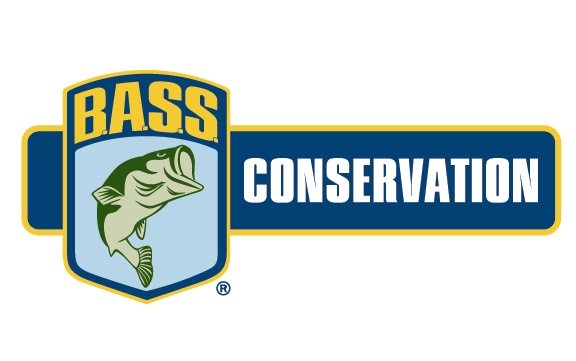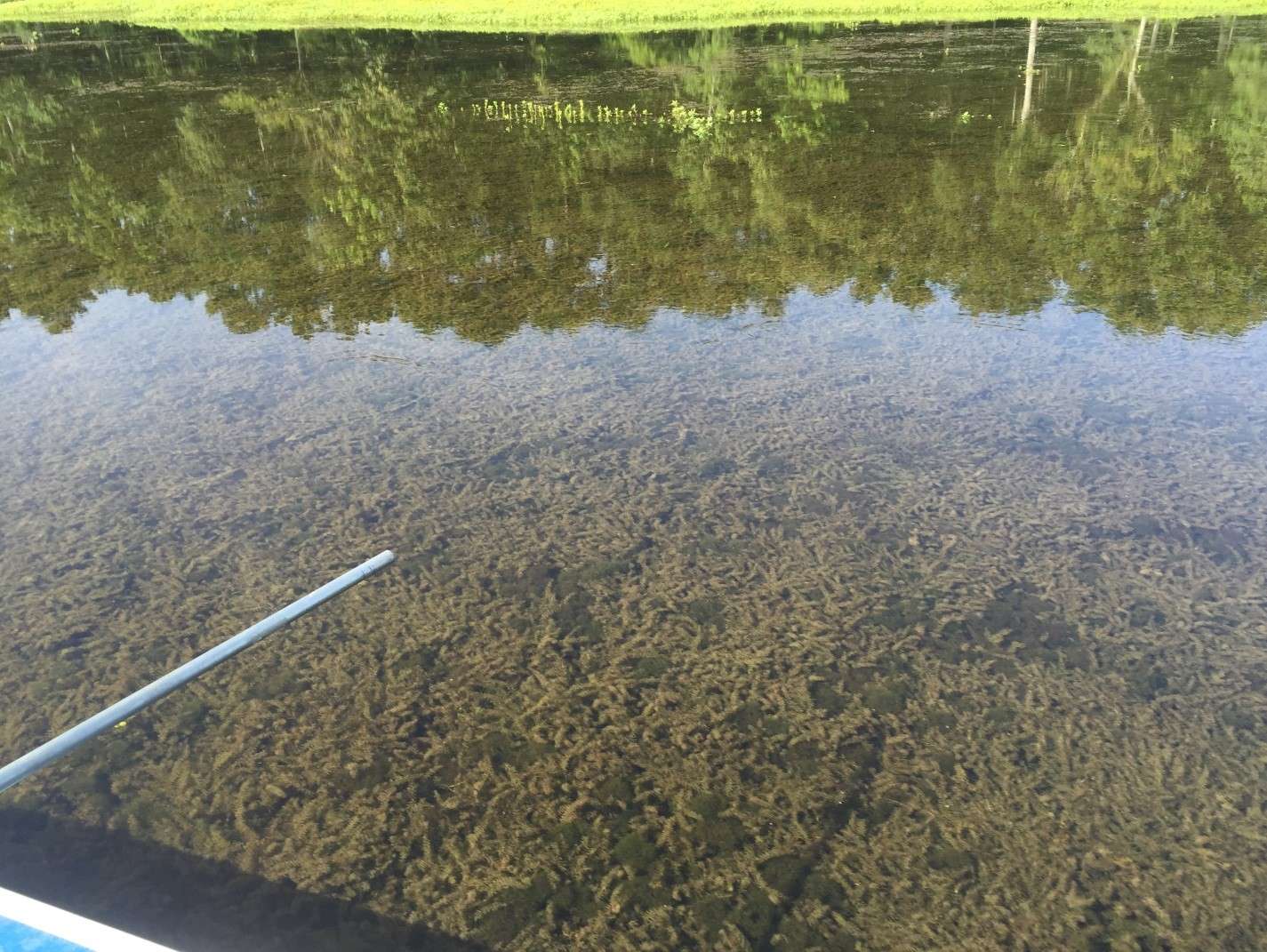
by Dr. Brett Harris, TVA Aquatic Plant Program Manager
For many, spring is a bass fisherman’s favorite time of year. Football sized pre-spawn fish in big schools certainly sounds enticing, but on reservoirs with healthy populations of aquatic vegetation, fall is the time of year you need to be spending time out on the water.
What makes this time of year so productive? Or better yet, why are some grass flats better than others for catching trophy-sized fish? In the South, no reservoirs hold more vegetation than those managed by the Tennessee Valley Authority (TVA). The fact is, fishing is a big reason why the Tennessee River watershed is worth about $12 billion to the local economy.
We caught up with TVA aquatic plant specialist Dr. Brett Hartis, an avid angler and Program Manager of the Tennessee Valley Authority Aquatic Plant Management Program which covers seven southeast states. Below he tells us just what makes fall grass bassin’ so productive.
1) Look for the cheese

First off, Hartis says the key to fall fishing in grass is finding the “cheese.” Not the cheddar or Swiss, but rather the yellow and green slop growing on top of weed mats. Hartis says if you find the cheese, you find the fish.
“The yellow muck indicates the presence of filamentous algae taking advantage of the natural life cycle of hydrilla, milfoil and others,” says Hartis. “As weeds die off naturally at years end, fragmented pieces float to the surface leaving an open understory and that’s a superhighway for big bass to grab a meal.”
According to Hartis, aquatic plants naturally die back in the fall (see “Where has all the grass gone“), and nutrients released by decaying plant material are quickly consumed by filamentous algae. While other grass is still too green and thick to fish, the “cheese” should be the first place to drag a big rat or frog through.
2) Snap, crackle and pop
No, we aren’t talking about your child’s favorite cereal. Hartis says once you find the cheese, “Listen for that sucking and popping noise that most anglers are very familiar with this time of year.”
Ask five anglers about what makes these sounds and you’ll get five different answers. The truth is, they are probably all right…in some respect. “Many anglers have no clue where this sound comes from, but it can actually be the tell-tale sign of a prime location for fishing weed beds,” says Hartis.
While many fishermen think that the sounds come from actual fish feeding, it is most likely the sounds indicative of a seasonal food chain forming that include gaseous releases from decaying plant material. Algae aren’t the only ones taking advantage of the natural cycle of plants. “Zooplankton and other invertebrates will readily feed on dying plants, baitfish will scurry to take advantage of the abundant zooplankton, and big bass will rush in to take advantage of the open understory and newly abundant food source.”
3) Follow the wind

If all else fails, literally throw caution to the wind. Even after finding weed beds with the above mentioned characteristics, many anglers still can’t put together the perfect fall grass pattern. To find the best mats in the lake, you need to follow the wind and current.
“The key here is to look for big mats of vegetation that have begun breakup and are at the mercy of the wind,” explains Hartis. “While the edge of rooted grass can yield results, finding big floating areas of vegetation can make all the difference.”
Hartis says that rooted vegetation, especially hydrilla, can create near-impenetrable mats from top to bottom that big fish can’t move through during the peak of summer. “While smaller baitfish can move efficiently through the underwater maze, many largemouth are secluded to the edge of a mat or must wait to ambush in available holes where hard bottom, rocks and stumps impede plant growth.” Float-in mats of dead and dying grass and other floating plants, however, are no different than your favorite flipping pads, offering a large canopy on top but an open understory where bass can hunt and hide.
Hartis offers this tip to identify which weed mats are rooted underneath and which are not: If the vegetation within the mat still looks bright green and has most of its leaves still attached, you may be looking at a thick wall of rooted vegetation. If the mat is mostly brown or yellow and has lost many of its leaves, you are likely looking at a floating mat that has been blown in by the wind. So pull out the flipping rod and hang on.
Fall weed outlook
According to Hartis, the grass was fairly slow to grow this year on most TVA reservoirs. “We had a ton of rain in the late spring and early summer,” he says. “That is a critical time when all submersed aquatic plants are just sprouting, and all that water movement can wipe out big areas at a time.” According to Hartis, a 4 to 5 mile-per-hour flow of water is the equivalent of a 200 to 250 mile-per-hour wind. “That’s like a tornado coming through during critical growth time for these plants”.
Although late to arrive, there are still miles and miles of grass on reservoirs like Lake Guntersville in Alabama. “Guntersville grass often isn’t subject to the force brought on by big rain events” says Hartis. “With large, sprawling backwater areas and an average depth of 8-12 feet, Guntersville typically holds grass even when our other reservoirs don’t.”
According to Hartis, many anglers think that the reduction in grass on many TVA lakes is a result of the agencies Aquatic Plant Management Program. “I hear this at least a dozen times during years when we have big rain events in the spring” says Hartis. “Our program only focuses on public access areas like the very boat ramps that anglers use to get in to our reservoirs.” Hartis says that Mother Nature holds the cards when it comes to how much green stuff will grow in Tennessee Valley Reservoirs each year.
Using these three tips can help making you a much better grass fisherman, so get out and give them a shot this fall.
For more information on fishing grass in TVA reservoirs, visit tva.com/aquaticplants.




